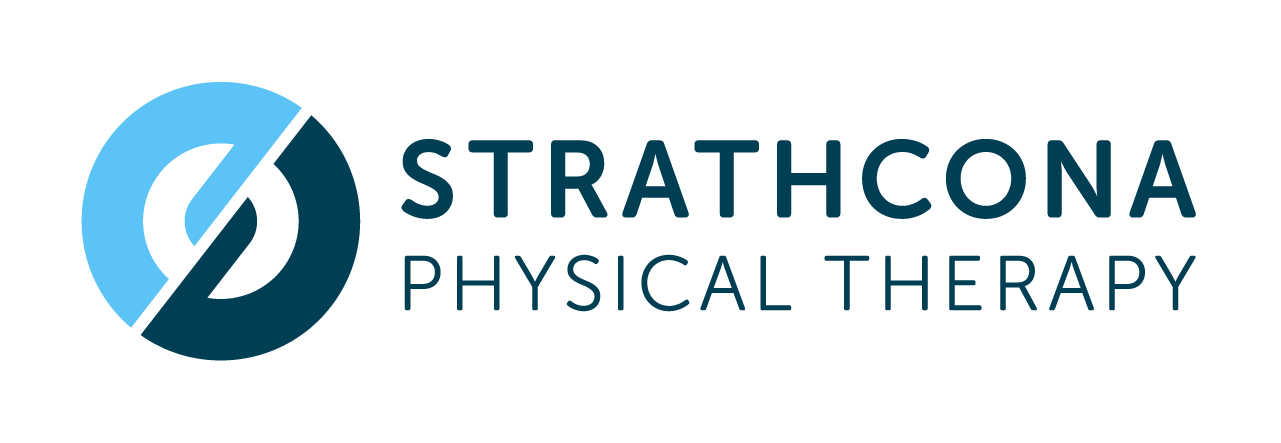Understanding the Anterior Temporalis Muscle: Function, Pain, and Physiotherapy Intervention
The anterior temporalis muscle, a key player in jaw function, often goes unnoticed until it becomes a source of pain and discomfort. This blog post will delve into the role of the anterior temporalis muscle, its referred pain patterns, its significance in jaw function, and how physiotherapy can alleviate related issues.
Function of the Anterior Temporalis Muscle
The temporalis muscle is one of the muscles involved in mastication (chewing). It originates from the temporal fossa and inserts into the coronoid process of the mandible. The anterior portion of the temporalis muscle is primarily responsible for elevating the mandible, which is crucial for biting and chewing. This muscle also contributes to the retraction of the mandible, aiding in complex jaw movements necessary for efficient mastication.
Referred Pain Patterns
Referred pain from the anterior temporalis muscle can be quite broad, often manifesting as headaches, facial pain, or even toothaches. The pain can radiate to the temples, the sides of the head, and sometimes the forehead. This broad referred pain pattern can make it challenging to pinpoint the exact source of discomfort, often leading to misdiagnosis.
Importance in Jaw Function
The anterior temporalis muscle's primary role in jaw elevation and retraction makes it essential for daily activities such as speaking, eating, and facial expressions. Dysfunction in this muscle can lead to difficulties in these activities, significantly impacting the quality of life. Moreover, this muscle plays a critical role during stress responses, such as clenching and grinding (bruxism).
Stress Response and Muscle Guarding
During periods of stress, many individuals subconsciously clench their jaws, leading to overactivity of the anterior temporalis muscle. This constant tension can result in muscle fatigue, pain, and temporomandibular joint (TMJ) disorders. Muscle guarding, a protective response to pain or perceived threats, can also exacerbate tension in the temporalis muscle, perpetuating a cycle of discomfort.
How to Relax the Anterior Temporalis Muscle
Massage Therapy: Gentle massage of the temples can help relax the temporalis muscle. Using fingertips to apply circular motions can reduce tension.
Stretching Exercises: Simple jaw stretching exercises can alleviate tension. Opening the mouth wide and moving the jaw side to side can be beneficial.
Stress Management: Techniques such as deep breathing, meditation, and mindfulness can reduce overall stress levels, minimizing clenching and muscle tension.
Heat Therapy: Applying a warm compress to the temples can increase blood flow and relax the muscle.
Physiotherapy and the Anterior Temporalis Muscle
Physiotherapy plays a crucial role in managing dysfunctions related to the anterior temporalis muscle. Here’s how physiotherapy can help:
Manual Therapy: Physiotherapists can perform specific techniques to release tension in the temporalis muscle and surrounding structures.
Exercise Prescription: Tailored exercises to strengthen and stretch the jaw muscles can alleviate pain and improve function.
Postural Training: Poor posture can contribute to jaw dysfunction. Physiotherapists can provide guidance on maintaining proper posture to reduce strain on the temporalis muscle.
Dry Needling and IMS: Dry needling and Intramuscular Stimulation (IMS) can effectively reduce muscle tension and pain by targeting trigger points in the temporalis muscle.
Education: Understanding the triggers and management strategies for jaw clenching and muscle tension can empower patients to take control of their symptoms.
Literature Review
Numerous studies have highlighted the significance of the temporalis muscle in jaw function and its role in referred pain patterns. A study published in the Journal of Oral Rehabilitation emphasized the temporalis muscle's contribution to TMJ disorders and headaches. Another research article in the Journal of Bodywork and Movement Therapies discussed the effectiveness of manual therapy and exercise in managing temporalis muscle-related pain.
Conclusion
The anterior temporalis muscle is integral to jaw function and is often a hidden source of pain and discomfort. Understanding its role, recognizing the signs of dysfunction, and knowing how to relax the muscle can significantly improve one’s quality of life. Physiotherapy offers a comprehensive approach to managing temporalis muscle issues, combining manual therapy, exercises, and education to address the root causes of pain and dysfunction.
If you are experiencing pain or discomfort related to your temporalis muscle, consider consulting a physiotherapist. They can provide a personalized treatment plan to help you find relief and improve your jaw function.
References
Peck, C. C., & Murray, G. M. (2010). "Referred pain and temporomandibular disorders." Journal of Oral Rehabilitation, 37(12), 881-897.
Farella, M., Michelotti, A., & Milani, S. (2015). "Temporalis muscle function in patients with temporomandibular disorders." European Journal of Orthodontics, 37(1), 57-62.
Kalichman, L., & Vulfsons, S. (2010). "Dry needling in the management of myofascial trigger points." Current Pain and Headache Reports, 14(5), 364-370.
Travell, J. G., & Simons, D. G. (1999). Myofascial Pain and Dysfunction: The Trigger Point Manual. Lippincott Williams & Wilkins.
Kietrys, D. M., Palombaro, K. M., & Azzaretto, E. (2013). "Effectiveness of dry needling for upper-quarter myofascial pain: a systematic review and meta-analysis." Journal of Orthopaedic & Sports Physical Therapy, 43(9), 620-634.
